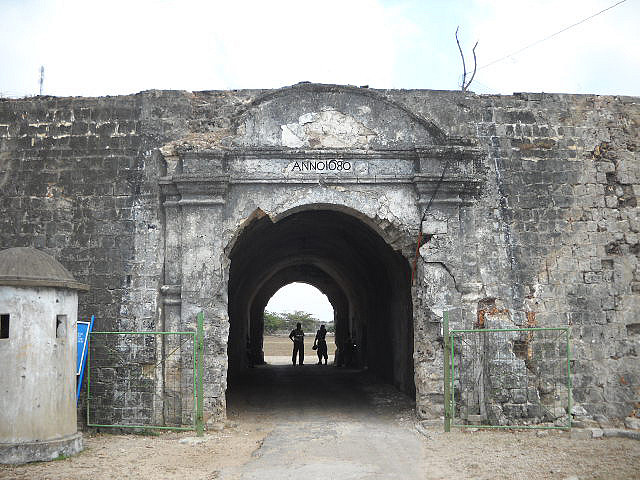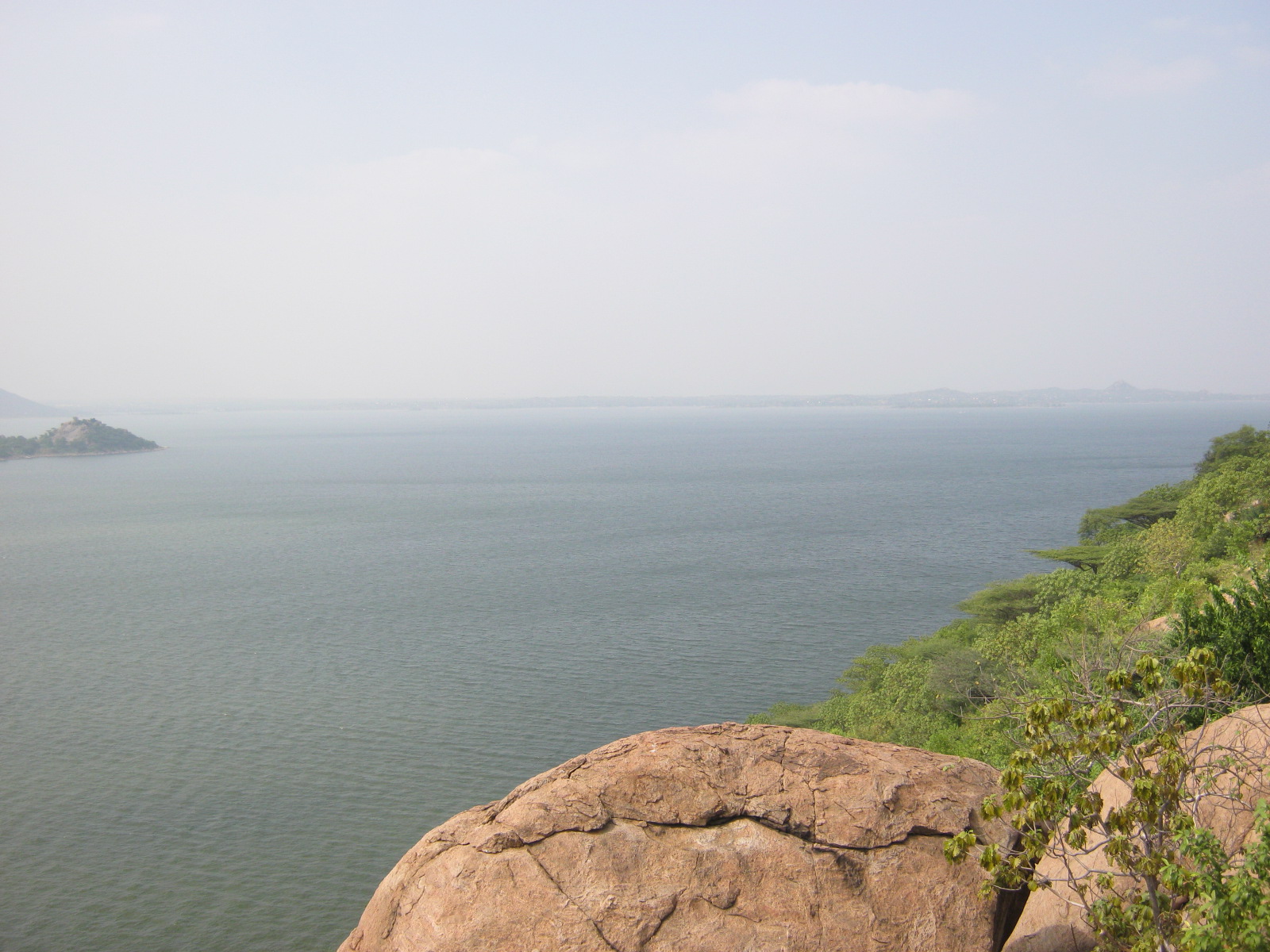|
Jatavarman Sundara Pandyan I
Jatavarman Sundara I, also known as Sadayavarman Sundara Pandyan, was a emperor of the Pandyan dynasty who ruled regions of Tamilakkam (present day South India) between 1250–1268 CE.Sethuraman, p124 He is remembered for his patronage of the arts and tamil architecture, along with refurbishment and decoration of many Kovils (temple) in the Tamil continent. He oversaw a massive economic growth of the Pandyan empire. On the eve of his death in 1268 CE, the second Pandyan empire's power and territorial extent had risen to its zenith. Accession Sundara Pandyan I acceded to the Pandyan throne in the year 1251 CE. During the middle part of the 13th century, Pandya kingdom was ruled by many princes of the royal line. This practice of shared rule with one prince asserting primacy was common in the Pandyan Kingdom. The other princes of the Pandyan royal family with whom Sundara Pandyan I shared his rule were Maravarman Vikkiraman II and his brother Jatavarman Veera Pandyan I.Narasay ... [...More Info...] [...Related Items...] OR: [Wikipedia] [Google] [Baidu] |
Hoysala
The Hoysala Empire was a Kannada people, Kannadiga power originating from the Indian subcontinent that ruled most of what is now Karnataka, India, Karnataka between the 10th and the 14th centuries. The capital of the Hoysalas was initially located at Belur, Karnataka, Belur, but was later moved to Halebidu. The Hoysala rulers were originally from Malenadu, an elevated region in the Western Ghats. In the 12th century, taking advantage of the internecine warfare between the Western Chalukya Empire and Kalachuris of Kalyani, the Hoysalas annexed areas of present-day Karnataka and the fertile areas north of the Kaveri delta in present-day Tamil Nadu. By the 13th century, they governed most of Karnataka, minor parts of Tamil Nadu and parts of western Andhra Pradesh and Telangana in the Deccan Plateau. The Hoysala era was an important period in the development of South Indian art, architecture, and religion. The empire is remembered today primarily for Hoysala architecture; 100 survi ... [...More Info...] [...Related Items...] OR: [Wikipedia] [Google] [Baidu] |
Sri Lanka
Sri Lanka (, ; si, ශ්රී ලංකා, Śrī Laṅkā, translit-std=ISO (); ta, இலங்கை, Ilaṅkai, translit-std=ISO ()), formerly known as Ceylon and officially the Democratic Socialist Republic of Sri Lanka, is an island country in South Asia. It lies in the Indian Ocean, southwest of the Bay of Bengal, and southeast of the Arabian Sea; it is separated from the Indian subcontinent by the Gulf of Mannar and the Palk Strait. Sri Lanka shares a maritime border with India and Maldives. Sri Jayawardenepura Kotte is its legislative capital, and Colombo is its largest city and financial centre. Sri Lanka has a population of around 22 million (2020) and is a multinational state, home to diverse cultures, languages, and ethnicities. The Sinhalese are the majority of the nation's population. The Tamils, who are a large minority group, have also played an influential role in the island's history. Other long established groups include the Moors, the Burghers ... [...More Info...] [...Related Items...] OR: [Wikipedia] [Google] [Baidu] |
Jaffna Coin Of Horse And Fishes
Jaffna (, ) is the capital city of the Northern Province of Sri Lanka. It is the administrative headquarters of the Jaffna District located on a peninsula of the same name. With a population of 88,138 in 2012, Jaffna is Sri Lanka's 12th most populous city. Jaffna is approximately from Kandarodai which served as an emporium in the Jaffna peninsula from classical antiquity. Jaffna's suburb Nallur served as the capital of the four-century-long medieval Jaffna Kingdom. Prior to the Sri Lankan Civil War, it was Sri Lanka's second most populous city after Colombo. The 1980s insurgent uprising led to extensive damage, expulsion of part of the population, and military occupation. Since the end of civil war in 2009, refugees and internally displaced people began returning to homes, while government and private sector reconstruction started taking place. Historically, Jaffna has been a contested city. It was made into a colonial port town during the Portuguese occupation of the Ja ... [...More Info...] [...Related Items...] OR: [Wikipedia] [Google] [Baidu] |
Sendamangalam
Sendamangalam also known as Senthamangalam is a town panchayat in the Indian state of Tamil Nadu is situated in Namakkal District. History The history of Sendamangalam, Namakkal is often misunderstood with Sendamangalam, Kallkurichi dt (formerly Villupuram dt) Geography Sendamangalam is located at . It has an average elevation of 240 metres (715 feet). It is close to Kolli Hills (கொல்லி மலை) - which is part of the Eastern Ghats. The closest river is Kaveri. The city is approximately 350 km southwest of Chennai, 255 km south of Bangalore, 50 km south of Salem and 93 km northwest of Tiruchirapalli (Trichy) and around 200 km North of Madurai. Climate The temperature ranges from 20 to 44 °C throughout the year. Demographics Population India census, Sendamangalam had a population of 18,085. Males constitute 50% of the population and females 50%. Sendamangalam has an average literacy rate of 64%, higher than the na ... [...More Info...] [...Related Items...] OR: [Wikipedia] [Google] [Baidu] |
Vira Someshwara
Vira Someshwara ( kn, ವೀರ ಸೋಮೇಶ್ವರ) (1234–1263) was a king of the Hoysala Empire. The preoccupation of Vira Narasimha II in the affairs of Tamil country resulted in neglect of northern territories and he had to face Seuna Yadavas of Devagiri, Seuna incursions south of the Tungabhadra river. Influence in Tamil country politics During the time period 1225–1250, the Hoysalas consolidated their domination over the South Deccan by asserting complete influence on the Cholas and the Pandyas. Someshwara was actually given the honorific ''Mamadi'' ("uncle") by the kings of Tamil country. Magadai Mandalam was conquered by Veera Somesvara in 1236. He allied himself with Chola Rajendra III but made friendship with the Pandyas when the Chola king tried to invade Pandya territory in 1238. Later having defeated Rajendra Chola III, Vira Someshwara again fought for the cause of the Cholas against the Pandyas. After 1235 CE, Someswara founded his capital in southern cit ... [...More Info...] [...Related Items...] OR: [Wikipedia] [Google] [Baidu] |
Kaveri
The Kaveri (also known as Cauvery, the anglicized name) is one of the major Indian rivers flowing through the states of Karnataka and Tamil Nadu. The Kaveri river rises at Talakaveri in the Brahmagiri range in the Western Ghats, Kodagu district of the state of Karnataka, at an elevation of 1,341 m above mean sea level and flows for about 800 km before its outfall into the Bay of Bengal. It reaches the sea in Poompuhar in Mayiladuthurai district. It is the third largest river after Godavari and Krishna in southern India, and the largest in the State of Tamil Nadu, which, on its course, bisects the state into north and south. In ancient Tamil literature, the river was also called Ponni (the golden maid, in reference to the fine silt it deposits). The Kaveri is a sacred river to the people of South India and is worshipped as the Goddess Kaveriamma (Mother Cauvery). It is considered to be among the seven holy rivers of India. It is extensively used for agriculture in bo ... [...More Info...] [...Related Items...] OR: [Wikipedia] [Google] [Baidu] |
Nellore
Nellore is a city located on the banks of Penna River, in Nellore district of the Indian state of Andhra Pradesh. It serves as the headquarters of the district, as well as Nellore mandal and Nellore revenue division. It is the List of cities in Andhra Pradesh, fourth most populous city in the state. It is at a distance of 700 km from Visakhapatnam and about 170 km north of Chennai, Tamil Nadu and also about 380 km east-northeast of Bangalore, Karnataka. Etymology There are various theories linked to the origin of the name "Nellore". A mythological story from Sthala Purana depicts, a lingam in the form of a stone under ''Phyllanthus emblica, nelli tree'' ("''Nelli''" stands for ''emblica Tree'' in Tamil). The place gradually became ''Nelli-ooru'' (''ooru'' generally stands for place in Telugu) and then to present day ''Nellore''. Another explanation is that the town got its name from the extensive cultivation of paddy in and around it (''"Nell"'' meaning ''paddy' ... [...More Info...] [...Related Items...] OR: [Wikipedia] [Google] [Baidu] |
Kalingarayan
Kallingarayan was a thirteenth-century Kongu Nadu chieftain. History Kalingarayan was born as a Lingaya Gounder in the Kongu Vellalar Gounder community in the western part of Tamil Nadu in 1240 CE. He independently ruled the Kongu Nadu region until it came under the influence of the Pandyan kings. When the Pandyan kings expanded their territory, Kongu Nadu was also annexed. On behalf of his elder brother Pandyan King Jatavarman Vira Pandyan II appointed Lingaya Gounder granted him the title Kalingarayan. Achievements He constructed the 56.5 mile Kalingarayan Canal to connect Bhavani river with Noyyal river to enhance irrigation facilities of Erode Region. It was completed in 1283 CE. It continues to irrigate around 15,750 acres. Legacy Tamil Nadu Chief minister Edappadi K. Palaniswami inaugurated the statue of Kongu Nadu Kongu Nadu, also known by various names as Kongu Mandalam and Kongu belt, is a geographical region comprising present day parts of western T ... [...More Info...] [...Related Items...] OR: [Wikipedia] [Google] [Baidu] |




